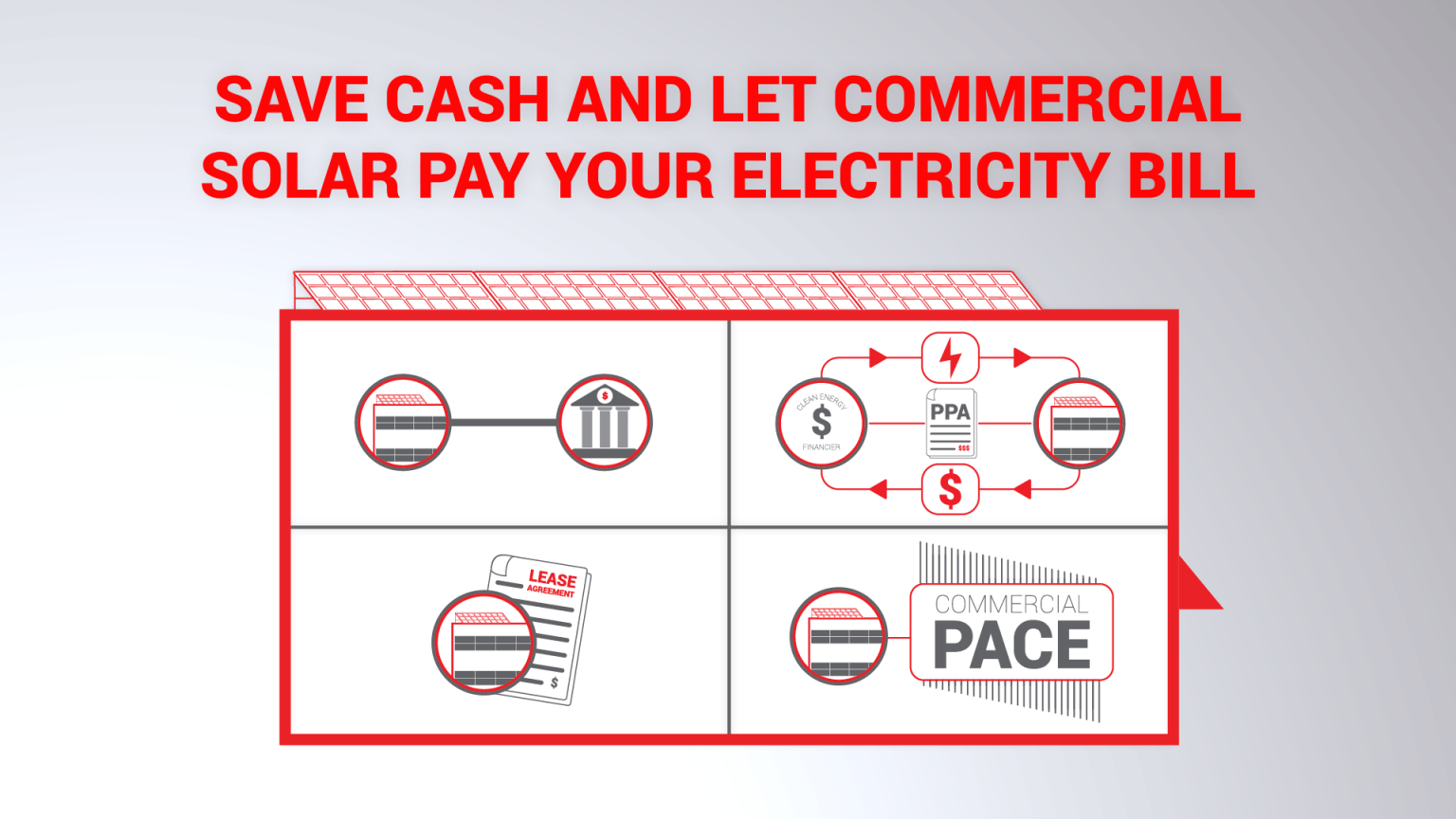
Puget Sound Energy, the largest IOU in Washington, unsurprisingly supplies the vast majority of electricity provided through IOU green power programs in the state. Since 2014, PSE has supplied at least 2 percent of its total annual electric load through its green power programs. Note: Data is end-of-year snapshots for each year. Source: Avista Corporation, Pacific Power & Light Company, and Puget Sound Energy, December 2018. Green Power Sales as a Percent of Total Sales TABLE 1: GREEN POWER SALES (in MWh) Company If you wish to participate in an investor-owned utility's green power program, please access the appropriate link below:īelow you can find data and graphics that show the impact of customer purchases through green power programs.

Each customer can choose to offset as much of their energy usage as they wish, up to and including 100 percent of their monthly usage. These programs typically work by allowing customers - including homeowners, renters, and business owners - to purchase "blocks" of alternative energy for a small fee per clock. In accordance with this requirement, the state's three investor-owned electric utilities (IOUs) - Avista Corporation (Avista), Pacific Power & Light Company (Pacific Power), and Puget Sound Energy (PSE) - have created special programs that help their customers access such alternative energy resources.
#POWER UTILITY COMMERCIAL OPTIONS CODE#
energy audits, consulting services, demand response, etc.The Revised Code of Washington (RCW) requires that electric utilities in the state offer "a voluntary option to purchase qualified alternative energy resources" to their customers (RCW 19.29A.090(2)).


In other cases, a fixed price will apply to some percentage of the customer’s supplies and a floating price will apply to the rest. In some cases, the customer pays a fixed price for part of the contract period, and a floating price for the remainder of the time. Hybrid: This option is a combination of the fixed and floating options. Generally, the customer’s price is a percentage of the wholesale cost, regardless of the direction in which the wholesale price moves. Conversely, customers may end up paying more under a fixed price option if energy costs decline.įloating: Also known as variable pricing, this option allows the customer’s price to rise or fall on a monthly basis as it tracks the wholesale cost of electricity or natural gas.

Fixed price contracts can help customers save money if energy costs rise in the future. Generally, these options fall into three categories: Fixed, floating and hybrid.įixed: Under this option, a customer pays a set, agreed-upon price for energy supplies throughout the term of the contract. One of the first things to ask about is the pricing options the supplier offers.


 0 kommentar(er)
0 kommentar(er)
